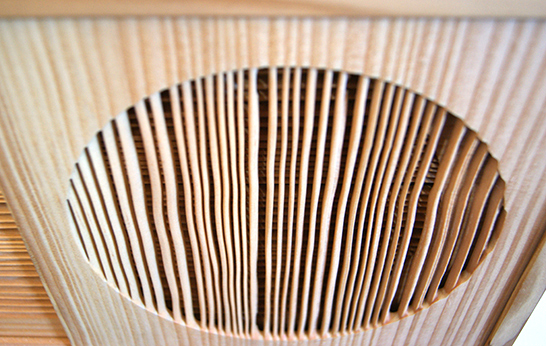
Milan 2014: Wonderful Wood
This year’s Milan furniture fair was full of decorative and inventive wood treatments, processes and finishes. Here are five of our favorites.
Made from Douglas fir, the Diptych furniture series by Lex Pott (shown above and top) features geometric cut-out shapes that are made by covering parts of the wood with rubber stickers during the sandblasting process. Pott explains, “You can see the life of the tree in the wood: good summers give a wide annual ring, harsh winters a thin one. By sandblasting you blow away the soft rings of summer, leaving a gap. Within the wood there are different colours: heartwood has a reddish hue, sap-wood is more yellow.” The pieces are finished with a combination of oil and wax.
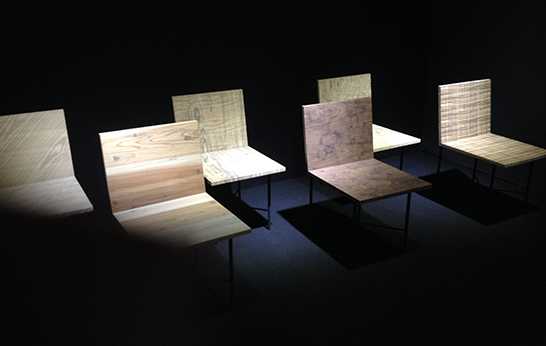
Wood grain patterns are printed onto wood to create layered patterns on these Print chairs by Japanese design studio Nendo. “For some seats we layered two different woodgrain patterns, and for others printed enlarged, abstracted woodgrain patterns onto the existing pattern,” says the studio. “For another design, we scanned the wood's surface then printed the same pattern back onto the wood at another angle. We also experimented with other materials, replacing the seat base with OSB laminate board for one chair and printing a marble pattern onto the wood for another. Thanks to printing technology we could make fine adjustments like the scale, density and colors over and over, bringing out the charm and attraction of natural materials from a variety of angles.”
The Bricola Collection by Alcarol is made using wooden poles reclaimed from Venetian canals. The oak log sections, damaged by tidewaters and naval shipworms - a species of saltwater clams – are the preserved within blocks of transparent resin. The works celebrate the individual character and beauty of the damaged wood, which undergoes a painstaking washing, cleaning, drying and disinfection process before it is finally protected by a thin layer of beeswax.
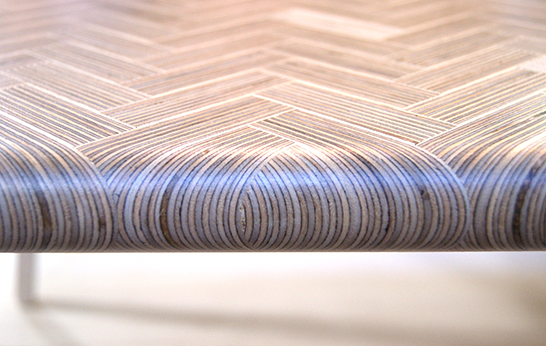
The Constructed Surface table by Dutch designer Rick Tegelaar is made from residual plywood sourced from factories. Put together in a fishbone pattern, Tegelar says that there are no restrictions on the size or thickness of the table, “Even the smallest residual piece can be used,” he says.
These resin and wood stools by Eindhoven graduate Matthias Borowski were part of his project The Importance of The Obvious. The works explore the colors, textures and layers found in sweets – these particular pieces are inspired by nougat.
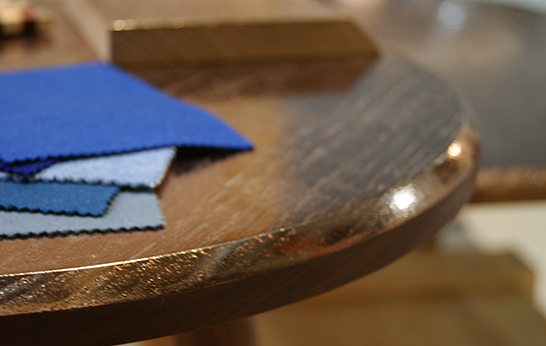
Japanese designer Kenji Fukushima told us that the bronze-colored surface of his coffee tables is made using a process similar to silvering – a technique ordinarily used to coat the back of mirrors.
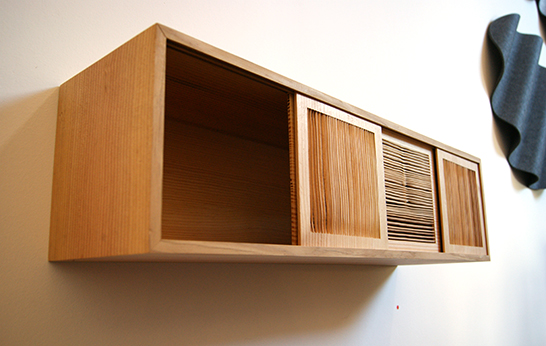
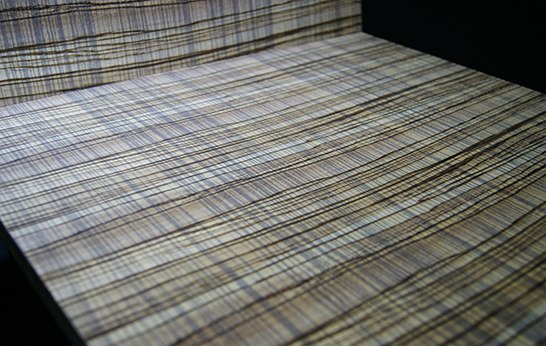
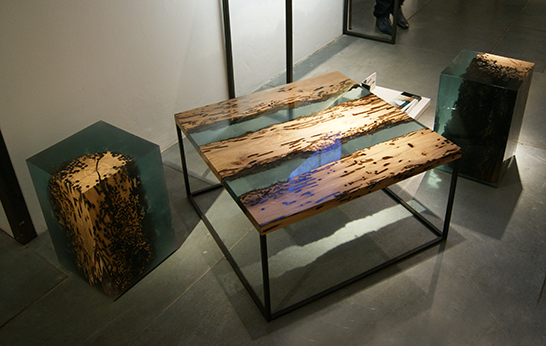
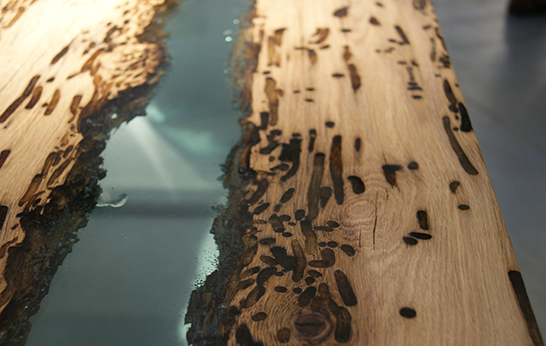
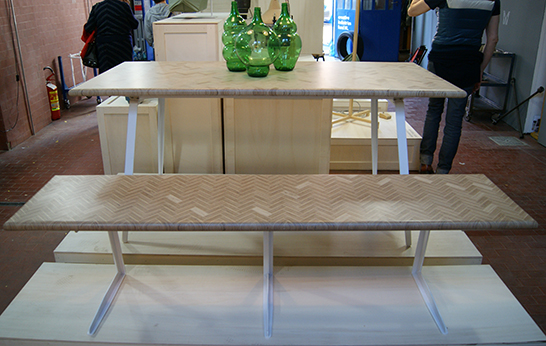
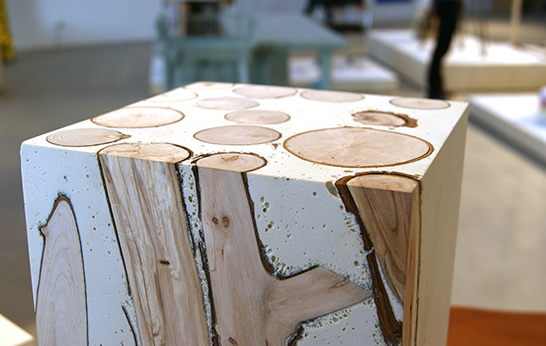
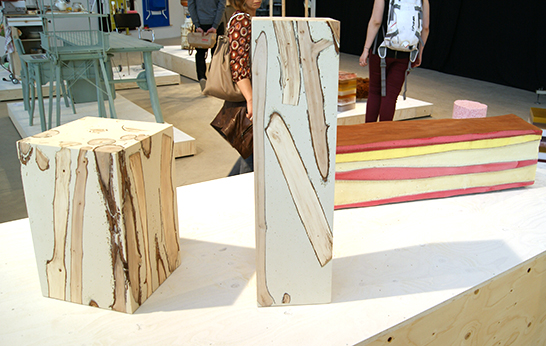
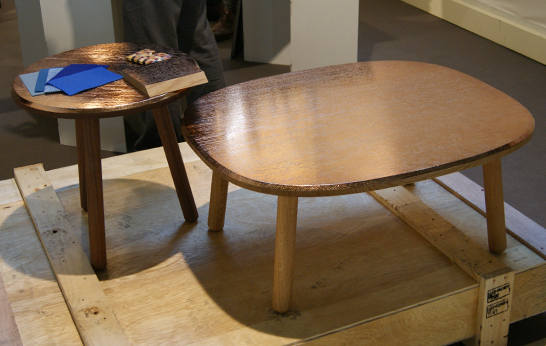
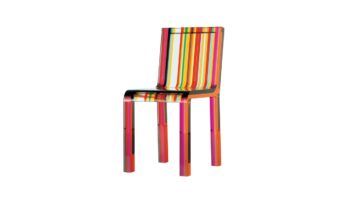
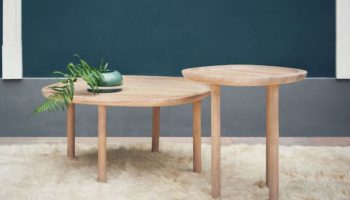
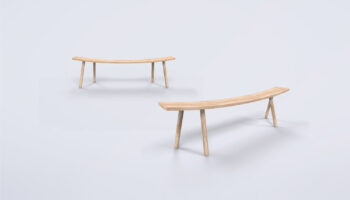

Leave a Reply